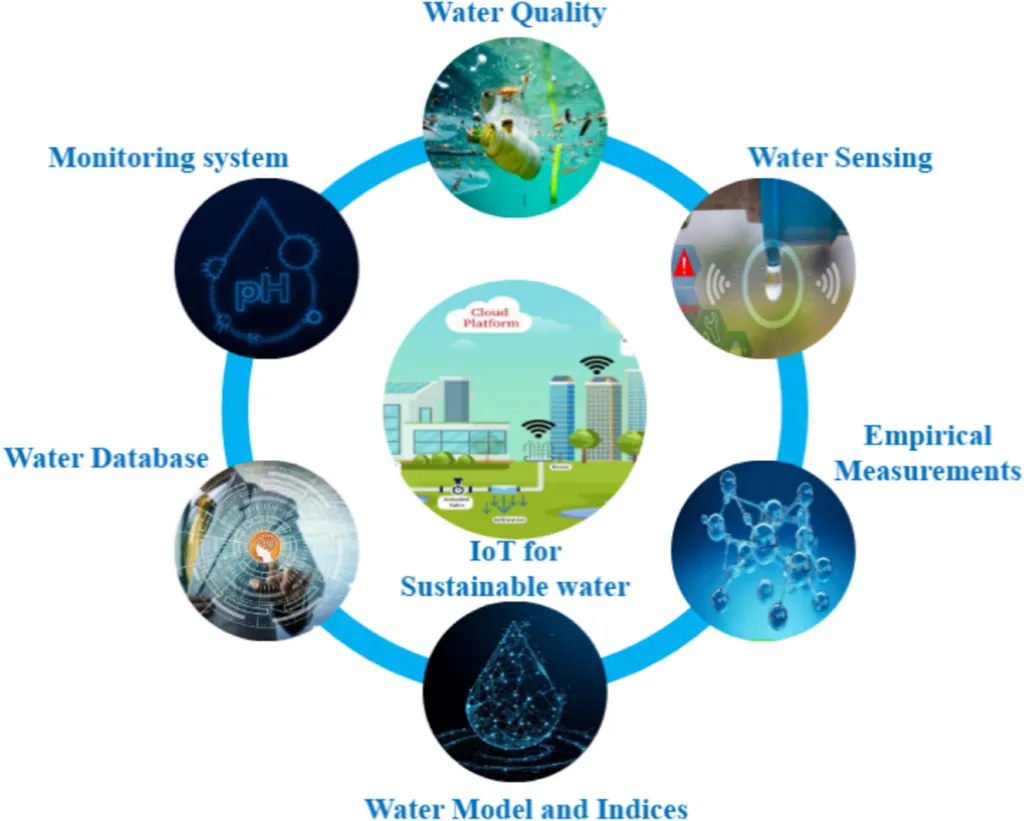In a world where water scarcity and pollution are growing concerns, a new study offers a beacon of hope by harnessing the power of technology to monitor and maintain water quality. Eduardo C. Vicente, a researcher from the Polytechnic School at the University of Vale do Itajaí in Brazil, has led a comprehensive review that explores the integration of Internet of Things (IoT) devices and embedded systems to create a sustainable and interconnected technological ecosystem for water quality monitoring.
The study, published in the journal *Applied Sciences* (translated from the Latin as “Applied Sciences”), meticulously examines the existing literature, focusing on key research questions that guide the review. These questions revolve around extracting and analyzing water sample characteristics, using machine learning algorithms for classification, and the technologies utilized in these systems. The review process involved a thorough search across multiple databases, yielding 343 articles, of which only 8 met the stringent inclusion and exclusion criteria.
Vicente’s research highlights the widespread use of IoT for real-time data collection and artificial intelligence (AI) for analyzing complex patterns in water quality data. “The integration of IoT and AI technologies has demonstrated significant potential in water quality monitoring,” Vicente explains. “These technologies enable us to collect and analyze data more efficiently and accurately, which is crucial for ensuring safe drinking water and sustainable water resource management.”
The review underscores the significance of temperature, pH, turbidity, and conductivity as key parameters in water classification. Additionally, prevalent machine learning techniques for analyzing water quality data include K-Nearest Neighbors (KNN) and artificial neural networks (ANN). These findings have profound implications for the energy sector, where water is a critical resource for various processes, including cooling and steam generation.
However, the study also highlights several challenges that need to be addressed. “Implementation costs, connectivity in remote areas, and the interpretability of AI models remain significant hurdles,” Vicente notes. Despite these challenges, the transformative potential of IoT and AI in water quality monitoring is undeniable.
The research conducted by Vicente and his team could shape future developments in the field by providing a roadmap for integrating IoT and AI technologies into water quality monitoring systems. This could lead to more efficient and effective water management practices, benefiting not only the environment but also industries that rely heavily on water resources.
As the world grapples with the impacts of climate change and increasing water demand, the insights from this study offer a glimpse into a future where technology plays a pivotal role in ensuring the sustainability of our most precious resource. The integration of IoT and AI technologies in water quality monitoring is not just a technological advancement; it is a step towards a more sustainable and resilient future.

